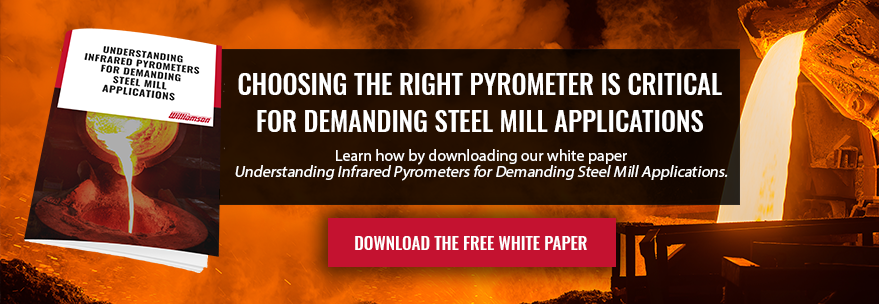
The steel industry is a vital component in our global infrastructure. We depend on manufactured steel for the construction of roads, buildings, railways, bridges, automobiles, planes, and more. So it is no surprise that this industry also generates a great deal of waste in the form of solid waste materials (dust, slag, refractory waste, sludge and scrap), and energy. With the growing pressures of environmental policies and the competitive landscape of steelmaking to be more and more cost-effective; it will become more critical that steelmakers rely on reducing their manufacturing costs (read this post for information on reducing operational costs)
 Monitoring and eliminating waste is a surefire way to reduce this burden. As a matter of fact the easiest way to eliminate waste is to reduce, reuse or recycle as highlighted by the World Steel Association. Steel makers have started to adopt waste recovery technologies that repurposes waste into products that can be sold or re-used. In fact, steel makers are now referring to would be waste as byproducts because of this new commitment to reduce waste. This has resulted in a decrease in the amount of waste sent to landfills. Each area of the steel mill presents its own challenges and we have identified areas where waste can better be managed or mitigated to help reduce manufacturing costs.
Monitoring and eliminating waste is a surefire way to reduce this burden. As a matter of fact the easiest way to eliminate waste is to reduce, reuse or recycle as highlighted by the World Steel Association. Steel makers have started to adopt waste recovery technologies that repurposes waste into products that can be sold or re-used. In fact, steel makers are now referring to would be waste as byproducts because of this new commitment to reduce waste. This has resulted in a decrease in the amount of waste sent to landfills. Each area of the steel mill presents its own challenges and we have identified areas where waste can better be managed or mitigated to help reduce manufacturing costs.
Coke Oven/Sinter Plant
At the coke oven and sinter plant solid waste is our primary concern in the form of coke dust, coal dust and tar sludge. These byproducts are rich in iron, lime and carbon. Coal and coke dust can be recycled by adding to the sinter charge mix; and tar sludge can be added back to the coal blend to improve density.
Blast Furnace/Melt Shop
Solid waste, dust, slag, and refractory waste are the main culprits at this stage as well as off gas. The off gasses can be used as fuel in the rest of the plant meaning these gasses can be continuously recycled. Dust can be recycled back to the sinter plant. The slag can be processed and sold to cement manufacturers. Refractory waste from the ladle pre-heater is separated and sold back to the refractory manufacturers where it is re-purposed to a new product.
Continuous Casting
Waste generated in the continuous casting process is scale, refractory waste, scrap, slag. Scale is the thin oxide layer that forms on steel and flakes off when exposed to air. The scale is recycled back into the sinter plant. Scrap metal is recycled and reworked. Other waste materials are used as land fill.
Rolling mills
Major solid waste materials generated in rolling mills are oil sludge, scale, shavings and scrap. Mill scale is recycled back into the sinter plant. Scrap is recycled and re-used in steel melting shop.
Reducing or better managing waste will result in lower manufacturing costs. When by-products are re-used as a direct input in new production or further processed and sold this effectively will lower the cost associated with steelmaking. Further, many steelmakers are monitoring and eliminating wasteful energy consumption. Steelmakers are no longer constantly overheating/overcooling allowing them to manufacture their product more efficiently while generating less waste.

